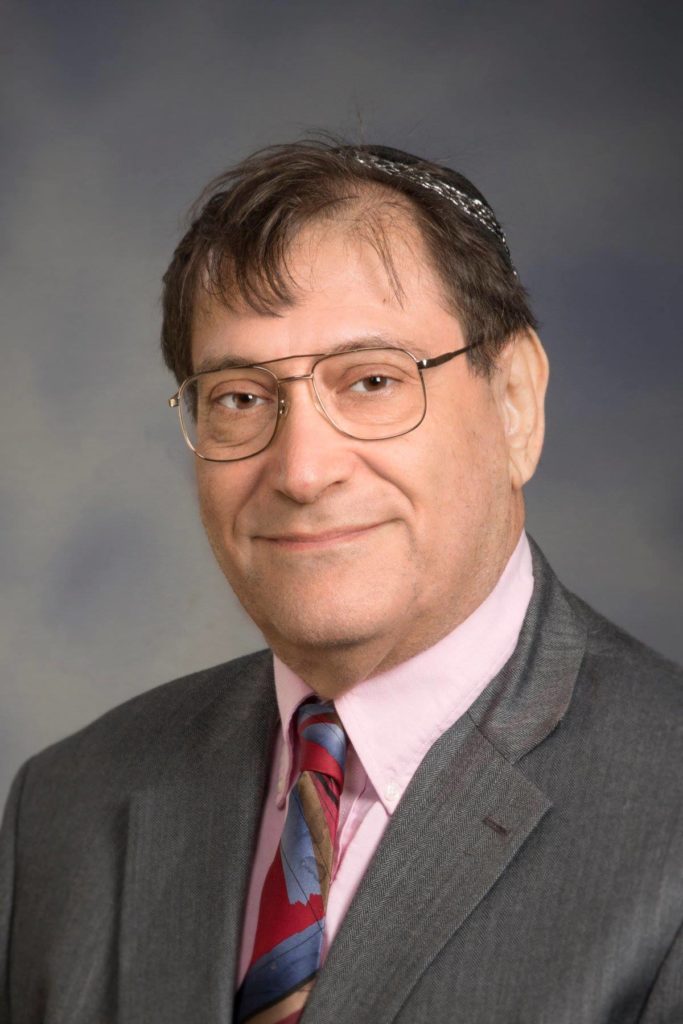From the Heart with Rabbi Liebowitz

24 Adar I—24 Adar II March 2019
Dear Friends,
I recently had occasion to recall to one of our members memorial service. I had officiated at this service some years ago. A relatively young man’s father had passed on. He was an officer in the Second World War. As he had been a fighter pilot in the Army Air corps (the predecessor of the AIR FORCE), he wanted to conclude the service with the Air Force Song “Off we go into the wild blue yonder….at a boy give them the gun.” I remember feeling quite awkward thinking this martial tune was contrary to the solemnity of the occasion. Even so, there was something in the grieving young man’s face that convinced me, although reluctantly to allow it. At the end of the service, it was sung and to my surprise not in an uproarious way, but in a funereal and appropriate manner. Quite touching actually! I later learned that the mournful son had vigorously opposed the
Viet Nam war, having avoided the draft by migrating to Canada. This had caused more than a breach between father and son, for his father experienced such as a sense of betrayal to the country he loved. Singing the song had become a spiritual salute to his dad, acknowledging what his father stood for. He not merely buried his dad but his angst. Both were at long last at peace
From that experience there came a realization that rituals need not be static. Moreover, they can actually be in fact, an encumbrance to the spirit. Reform Judaism with its innovative posture has long understood this. Many who imagine that Moses sang Adon Olam on Mt. Sinai are unfamiliar with the fact that the most popular tunes were based on Prussian martial marches. The same is our rendering of the Shema to the strains of an Italian symphony in the 19th century. This is not to say that some innovations fail and go too far; like one colleague placing a screen on the pulpit for members to text their thoughts willy-nilly during the service. The need to encourage individual expression often comes at the expense of group social cohesion.
In an Oscar nominated film called “The Tribe,” it notes that the current generation wants more discussion and less sermonizing. And so, it is that twice a month our pre-Oneg is followed by a Kabbalat Shabbat which features a conversation instead of a sermon. The more traditional format occurs once a month as does a dinner with Shabbat prayers. So far so good, as attendance has improved, and this cafeteria approach seems to be working for our members. I appreciate the innovation, though my latent guilt imagines my traditional grandfather would say in Yiddish from the beyond, Vos teets ach du? “Whatever are you doing?” I can tell you even a casual review of more traditional services once contained some real innovative approaches. Moses never sang the more recent L’cha Dodi (written centuries ago) welcoming the Sabbath bride, It mystically and metaphorically turned the Sabbath into an imaginary bride whom we welcome into the synagogue. Other examples abound. What is traditional now
was quite revolutionary then. There are many ways to reach out “to the wild blue yonder!”
Rabbi Yossi Liebowitz, D.D.
